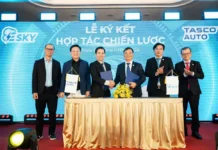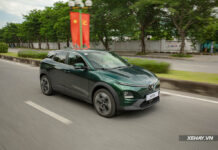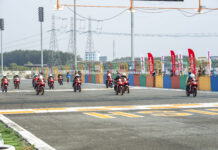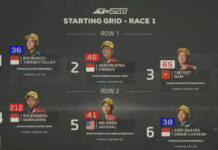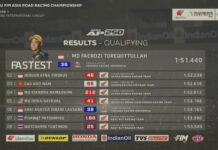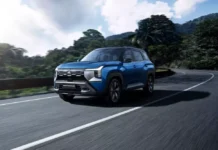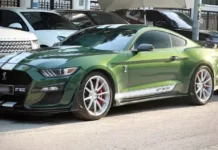When reviewing the theoretical part of the driver’s license exam questions, many students are often confused by the term “xi-tec” car.
As this is not a common vehicle in daily life, it can be confusing, especially for new drivers.
In fact, “xi-tec” is the transliteration of “citerne” in French, meaning tank or container. Thus, xi-tec car is another name for a tanker truck, a vehicle specifically used for transporting liquids such as gasoline, chemicals, potable water, or milk.
Xi-tec cars have two main parts: the vehicle platform, consisting of the cabin and chassis; and the specialized tank at the back, usually made of corrosion-resistant metal, with a capacity ranging from 6 to over 20 cubic meters, depending on its intended use.
In some theoretical questions about traffic rules, such as speed limits when driving outside populated areas, xi-tec cars are often mentioned as an exception. For instance, in a question asking to identify the type of vehicle allowed to drive at a maximum speed of 80 km/h on a two-lane road with a median divider (not a highway), the correct answer is: passenger cars with more than 30 seats (excluding buses) and trucks with a payload of over 3,500 kg, excluding xi-tec cars.
The reason for the exclusion is that xi-tec cars, or tanker trucks, often carry flammable liquids like gasoline, posing a higher safety risk. Therefore, the maximum permitted speed for this type of vehicle is only 70 km/h. When reviewing for the exam, candidates should note that xi-tec cars refer to tanker trucks and usually have separate regulations, especially regarding speed and traffic safety measures.
TH (Tuoitrethudo)






